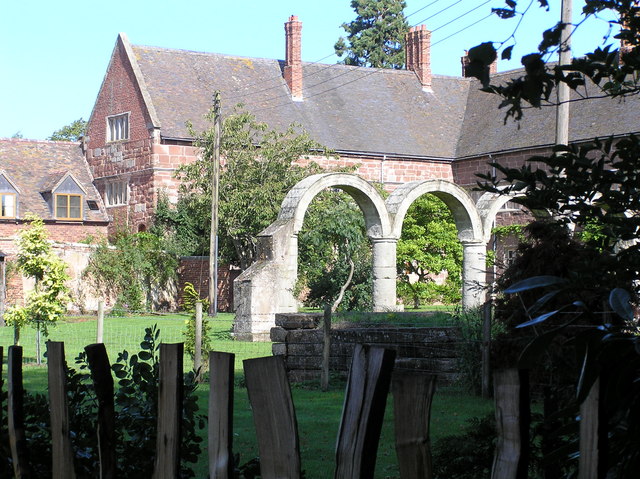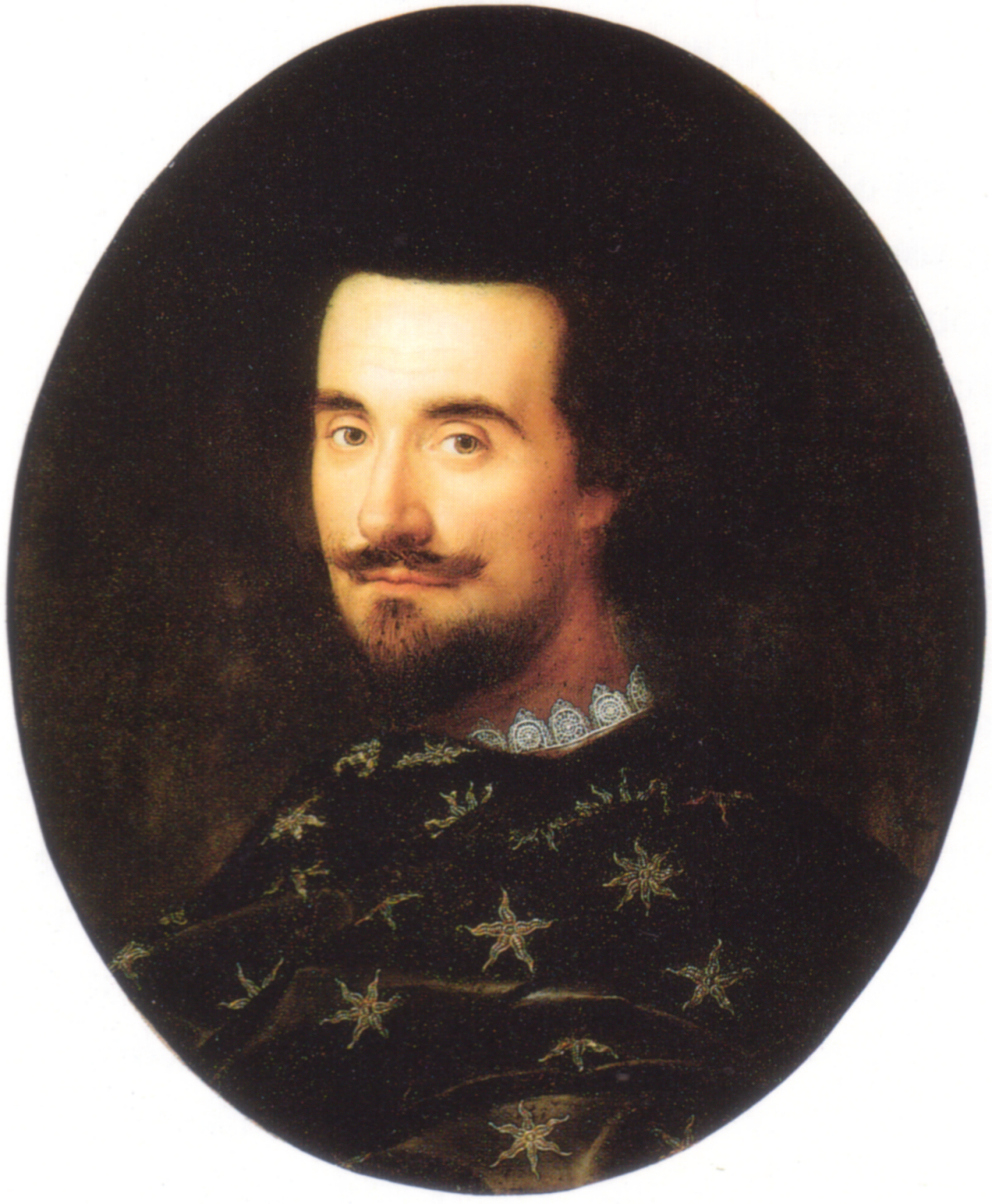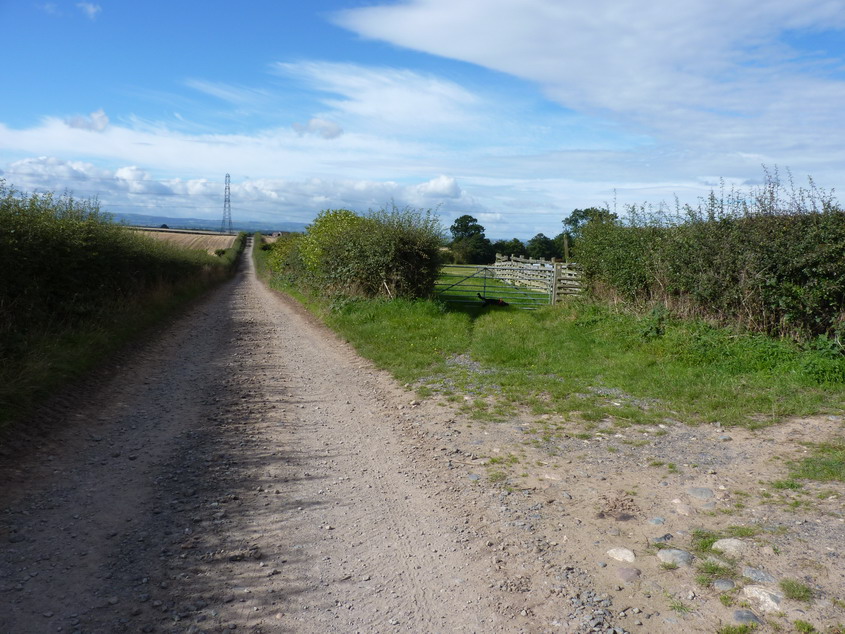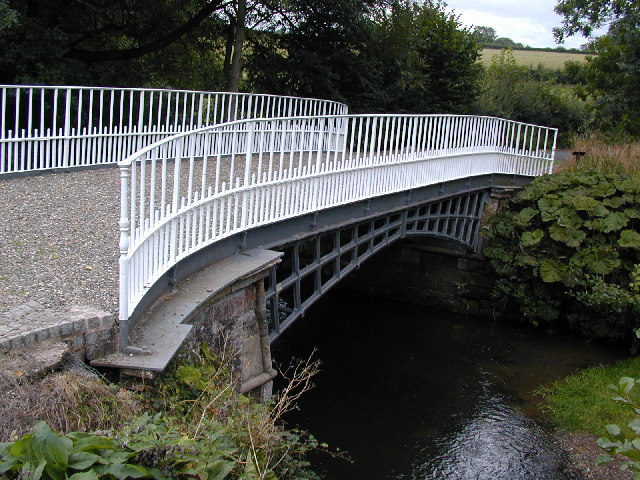|
Eyton-on-Severn
Eyton on Severn (pronounced: Eye-ton on Severn) is a small village in the English county of Shropshire, east of Shrewsbury. It is located on a ridge above the northern bank of the River Severn. The significant tributary of the Cound Brook joins the Severn at Eyton, albeit on the opposite bank. Wroxeter, the village located at a ruined Roman city, is only a mile north-west of the village. The hamlet of Dryton is just east of Eyton. All lie in the parish of Wroxeter and Uppington. There is a historical octagonal tower here, built in 1607 as the summerhouse of a mansion then belonging to the Newport family of High Ercall. Edward Herbert, 1st Baron Herbert of Cherbury, whose mother was a Newport, was born there in 1583 and lived there till the age of nine. Sir Francis Newport rebuilt the mansion in a version completed by 1595, Walter Hancock being its master mason, but only the tower remains from his lifetime. The Shrewsbury architect Thomas Farnolls Pritchard Thomas Farno ... [...More Info...] [...Related Items...] OR: [Wikipedia] [Google] [Baidu] |
Francis Newport (died 1623)
Sir Francis Newport (ca. 1555 – 6 March 1623) was an English politician. Francis was born the eldest son of Sir Richard Newport and the brother of Andrew. He was educated at Shrewsbury School (1569–1571) and Magdalen College, Oxford (1574) and studied law at the Inner Temple in 1577. He succeeded his father in 1570 and was knighted in 1603. He was appointed a Justice of the Peace (J.P.) for Shropshire from c. 1582, sheriff for 1586–1587 and 1601–1602, and a Deputy Lieutenant of the county in 1590. He was a member of the Council of the Marches of Wales in 1601. He commissioned the rebuilding of his two country houses, Eyton-on-Severn Hall (completed 1595) and High Ercall Hall (completed 1608). He was elected a Member (MP) of the Parliament of England for Shropshire in 1593. He married Beatrice, the daughter of Roland Lacon of Willey and had with her three sons and four daughters. His son Richard was elevated to the Peerage as the first Baron Newport ... [...More Info...] [...Related Items...] OR: [Wikipedia] [Google] [Baidu] |
Point-to-point (steeplechase)
A point-to-point is a form of horse racing over fences for hunting horses and amateur riders. In Ireland, where the sport is open to licensed professional trainers, many of the horses will appear in these races before they compete in National Hunt races. Consequently, the Irish point-to-point is more used as a nursery for future young stars: a horse that wins its debut point-to-point in Ireland will often sell for a high price. Whilst professional trainers are specifically excluded from running horses in point-to-points in Great Britain (other than their own personal horses), the days of the farmer running his hunter at the local point-to-point have gone (replaced to some extent by hunter chases). Increasingly, horses are run from "livery yards" - unlicensed but otherwise professional training establishments, sometimes closely allied with a licensed yard. Horses running in Point-to-Points must be Thoroughbreds, save in the case of Hunt Members races and certain other Club Members ... [...More Info...] [...Related Items...] OR: [Wikipedia] [Google] [Baidu] |
Edward Herbert, 1st Baron Herbert Of Cherbury
Edward Herbert, 1st Baron Herbert of Cherbury (or Chirbury) KB (3 March 1583 – 5 August 1648) was an English soldier, diplomat, historian, poet and religious philosopher of the Kingdom of England. Life Early life Edward Herbert was the eldest son of Richard Herbert of Montgomery Castle (a member of a collateral branch of the family of the Earls of Pembroke) and of Magdalen, daughter of Sir Richard Newport, and brother of the poet George Herbert. He was born within England at Eyton-on-Severn near Wroxeter, Shropshire. After private tuition, he matriculated at University College, Oxford, as a gentleman commoner, in May 1596. On 28 February 1599, at the age of 15, he married his cousin Mary, then aged 21, ("notwithstanding the disparity of years betwixt us"), who was daughter and heiress of Sir William Herbert (d. 1593). He returned to Oxford with his wife and mother, continued his studies, and learned French, Italian and Spanish, as well as music, riding and ... [...More Info...] [...Related Items...] OR: [Wikipedia] [Google] [Baidu] |
Wroxeter And Uppington
Wroxeter and Uppington is a civil parish in the English county of Shropshire. The population of the Civil Parish at the 2011 census was 382. It lies mainly between the River Severn and the old A5 (now the B5061) and stretches from Atcham to The Wrekin. The main villages are Wroxeter and Uppington. Also forming part of the parish are the hamlets of Rushton, Charlton Hill, Donnington, Eyton and Dryton, as well as Atcham Business Park/Industrial Estate. The parish has an active cricket club, the Wroxeter & Uppington CC. Formed in 1906, it was originally based in Donnington, and now has a ground in Uppington.Wroxeter and Uppington CC accessed 20-11-10 See also * |
Summer House
A summer house or summerhouse has traditionally referred to a building or shelter used for relaxation in warm weather. This would often take the form of a small, roofed building on the grounds of a larger one, but could also be built in a garden or park, often designed to provide cool shady places of relaxation or retreat from the summer heat. It can also refer to a second residence, usually located in the country, that provides a cool and relaxing home to live in during the summer, such as a vacation property. In the Nordic countries Especially in the Nordic countries, sommerhus ( Danish), sommarstuga (Swedish), hytte ( Norwegian), sumarbústaður or sumarhús ( Icelandic) or kesämökki ( Finnish) is a summer residence (as a second home). It can be a larger dwelling like a cottage rather than a simple shelter. ''Sommarhus'' (in sv, sommarstuga or ''lantställe''), in Norwegian ''hytte'', is a popular holiday home or summer cottage, often near the sea or in an attra ... [...More Info...] [...Related Items...] OR: [Wikipedia] [Google] [Baidu] |
Thomas Farnolls Pritchard
Thomas Farnolls Pritchard (also known as Farnolls Pritchard; baptised 11 May 1723 – died 23 December 1777) was an English architect and interior decorator who is best remembered for his design of the first cast-iron bridge in the world. Biography Pritchard was born in Shrewsbury, Shropshire, and baptised in St Julian's Church, Shrewsbury on 11 May 1723. His father was a joiner. Thomas also trained as a joiner, but then developed a professional practice as an architect and interior designer. He specialised in the design of chimney-pieces and other items of interior decoration, and in funerary monuments.Leach, Peter, ‘Pritchard, Thomas Farnolls (''bap''. 1723, ''d''.1798)’, ''Oxford Dictionary of National Biography'', Oxford University Press, 2004; online edn, May 200 accessed 1 September 2008. Pritchard worked closely with other local architects and craftsmen. William Baker of Audlem, an architect and contractor, used his plans to construct St John's Church, Wolverhampto ... [...More Info...] [...Related Items...] OR: [Wikipedia] [Google] [Baidu] |
High Ercall
High Ercall, also known in the past as Ercall Magna, is a village in the borough of Telford and Wrekin and ceremonial county of Shropshire, England. The civil parish is still called Ercall Magna, and had a total population of 1,679 at the 2001 census,Ercall Magna CP ONS reducing to 1,639 at the 2011 census. The parish includes the villages of Rowton, Ellerdine and , and a number of hamlets in ... [...More Info...] [...Related Items...] OR: [Wikipedia] [Google] [Baidu] |
Wroxeter
Wroxeter is a village in Shropshire, England, which forms part of the civil parish of Wroxeter and Uppington, beside the River Severn, south-east of Shrewsbury. ''Viroconium Cornoviorum'', the fourth largest city in Roman Britain, was sited here, and is gradually being excavated. History Roman Wroxeter, near the end of the Watling Street Roman road that ran across Romanised Celtic Britain from '' Dubris'' (Dover), was a key frontier position lying on the bank of the Severn river whose valley penetrated deep into what later became Wales following brytons fall to the Anglo Saxons, and also on a route to the south leading to the Wye valley. Archaeology has shown that the site of the later city first was established about AD 55 as a frontier post for a Thracian legionary cohort located at a fort near the Severn river crossing. A few years later a legionary fortress (''castrum'') was built within the site of the later city for the Legio XIV Gemina during their invasion o ... [...More Info...] [...Related Items...] OR: [Wikipedia] [Google] [Baidu] |
Roman Empire
The Roman Empire ( la, Imperium Romanum ; grc-gre, Βασιλεία τῶν Ῥωμαίων, Basileía tôn Rhōmaíōn) was the post- Republican period of ancient Rome. As a polity, it included large territorial holdings around the Mediterranean Sea in Europe, North Africa, and Western Asia, and was ruled by emperors. From the accession of Caesar Augustus as the first Roman emperor to the military anarchy of the 3rd century, it was a Principate with Italia as the metropole of its provinces and the city of Rome as its sole capital. The Empire was later ruled by multiple emperors who shared control over the Western Roman Empire and the Eastern Roman Empire. The city of Rome remained the nominal capital of both parts until AD 476 when the imperial insignia were sent to Constantinople following the capture of the Western capital of Ravenna by the Germanic barbarians. The adoption of Christianity as the state church of the Roman Empire in AD 380 and the fall of th ... [...More Info...] [...Related Items...] OR: [Wikipedia] [Google] [Baidu] |
Shropshire
Shropshire (; alternatively Salop; abbreviated in print only as Shrops; demonym Salopian ) is a landlocked historic county in the West Midlands region of England. It is bordered by Wales to the west and the English counties of Cheshire to the north, Staffordshire to the east, Worcestershire to the southeast, and Herefordshire to the south. A unitary authority of the same name was created in 2009, taking over from the previous county council and five district councils, now governed by Shropshire Council. The borough of Telford and Wrekin has been a separate unitary authority since 1998, but remains part of the ceremonial county. The county's population and economy is centred on five towns: the county town of Shrewsbury, which is culturally and historically important and close to the centre of the county; Telford, which was founded as a new town in the east which was constructed around a number of older towns, most notably Wellington, Dawley and Madeley, which is tod ... [...More Info...] [...Related Items...] OR: [Wikipedia] [Google] [Baidu] |
Cound Brook
Cound Brook (pronounced COOnd) is a tributary of the River Severn in Shropshire, England, running to south of the county town Shrewsbury. The Cound Brook rises in the Stretton Hills and discharges into the River Severn at Eyton on Severn after winding its way for across the southern Shropshire-Severn plains. The flow of the Cound Brook can vary from sluggish in a dry summer to a raging torrent in winter or spring. The river is crossed by several bridges along its route including two historic and unusual iron bridges. Several other roads cross the river as fords. The river has breached its banks on the lower flood plain several times in the past and is now monitored by the local rivers authority. The river is named after Cound, the last settlement it passes through prior to the confluence with the River Severn. Conversely one of the villages on its route, Condover, is thought to have been named after the river during the late medieval period. The Coundmoor Brook is a smaller ... [...More Info...] [...Related Items...] OR: [Wikipedia] [Google] [Baidu] |








